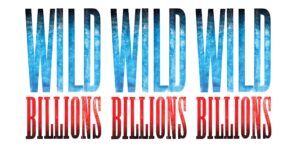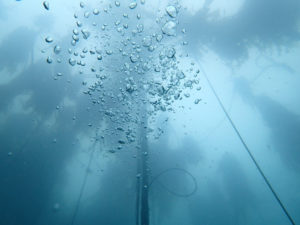This is the time of year—that porous border between winter and spring—that I look forward to the most. As I write this in early March, bird songs greet me in the morning, wildflowers are emerging on green hillsides, and it is difficult not to have my heart cracked open by the beauty of the world. With this year’s promise of an early and abundant crop of wildflowers from the coast to the inland valleys, it is hard to know which way to go on a Saturday morning.
But this Saturday I won’t be deciding between Point Reyes or Mount Diablo or Russian Ridge. Instead of reveling in the beauty of it all, I will be heading to a rally to join with others around the world concerned about the impending war with Iraq. I fear that by the time you read this, the war may have already begun.
Of course, Bay Nature is a magazine about nature, not world politics. But this spring the war is a dark cloud that hovers over everything, including flower-cloaked hillsides. What is the role of Bay Nature in such disturbing times?
In pondering this question, I was struck by a metaphor that Coast Miwok author Greg Sarris uses in his essay on sacred places in this issue. Sarris looks at the landscape as an intricately woven Miwok basket, made up of invisible lines connecting all the places touched by the lives of his people. A boulder here, a stream there, a place on the shore of a bay, each one imbued with a story and meaning. Together, they make a whole that holds the collective memory of the society. When one of these places is damaged or “developed,” it causes a break in the basket. Suffer enough ruptures, and you end up with a basket that cannot hold its shape, a land from which people are alienated, and a society in which people become disconnected from one another.
We cannot re-create the world of the Miwok. But we can begin to mend the broken basket and reestablish a collective sense of connectedness and belonging to the world as an antidote to the pervasive aura of fear and anger. Indeed, this work has already begun, and it is reflected in Bay Nature. Look at all the groups working to restore creeks and watersheds, to replant areas with natives, to preserve open space. In this way, we begin to infuse the landscape with our own stories of caring and discovery. We begin to count our wealth in the species that share the region with us rather than in the number of houses and malls that fill it. And we acknowledge that the real threat to our security is the careless way we misuse the earth. Can we counter weapons of mass destruction with acts of mass restoration? It’s just a thought. But one I will take with me as I march on a spring afternoon, with images of poppies and irises in the back of my mind. Peace be to all.




